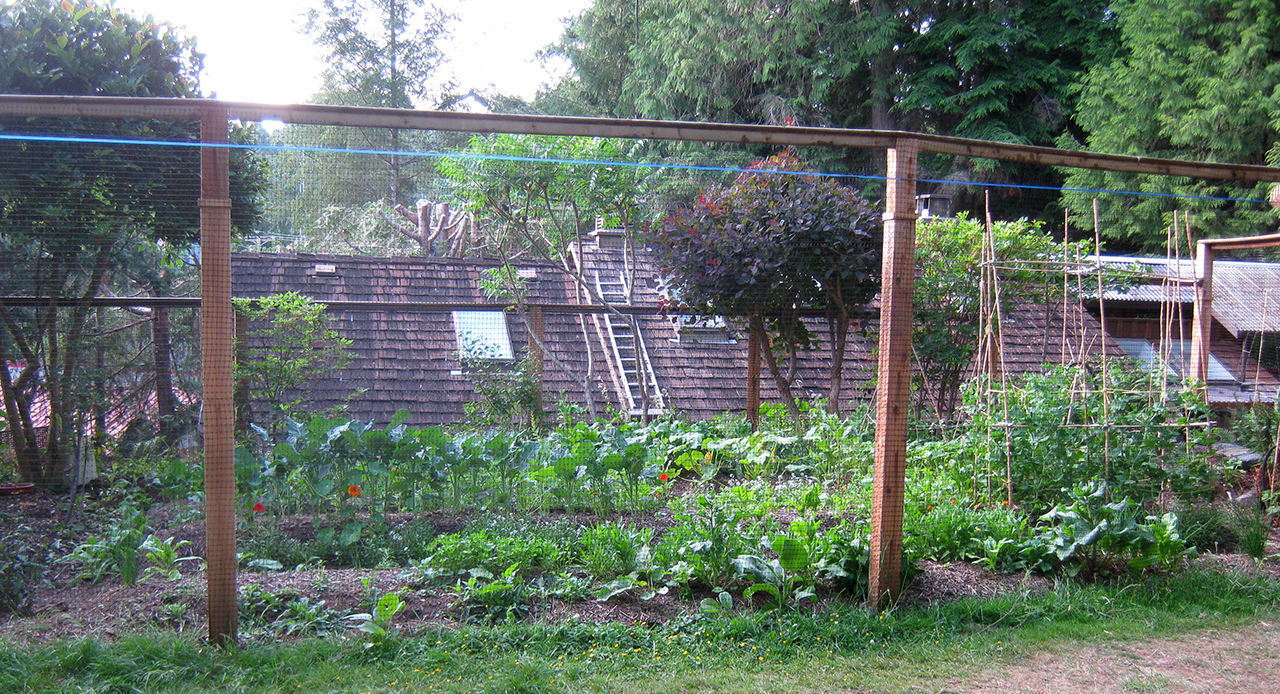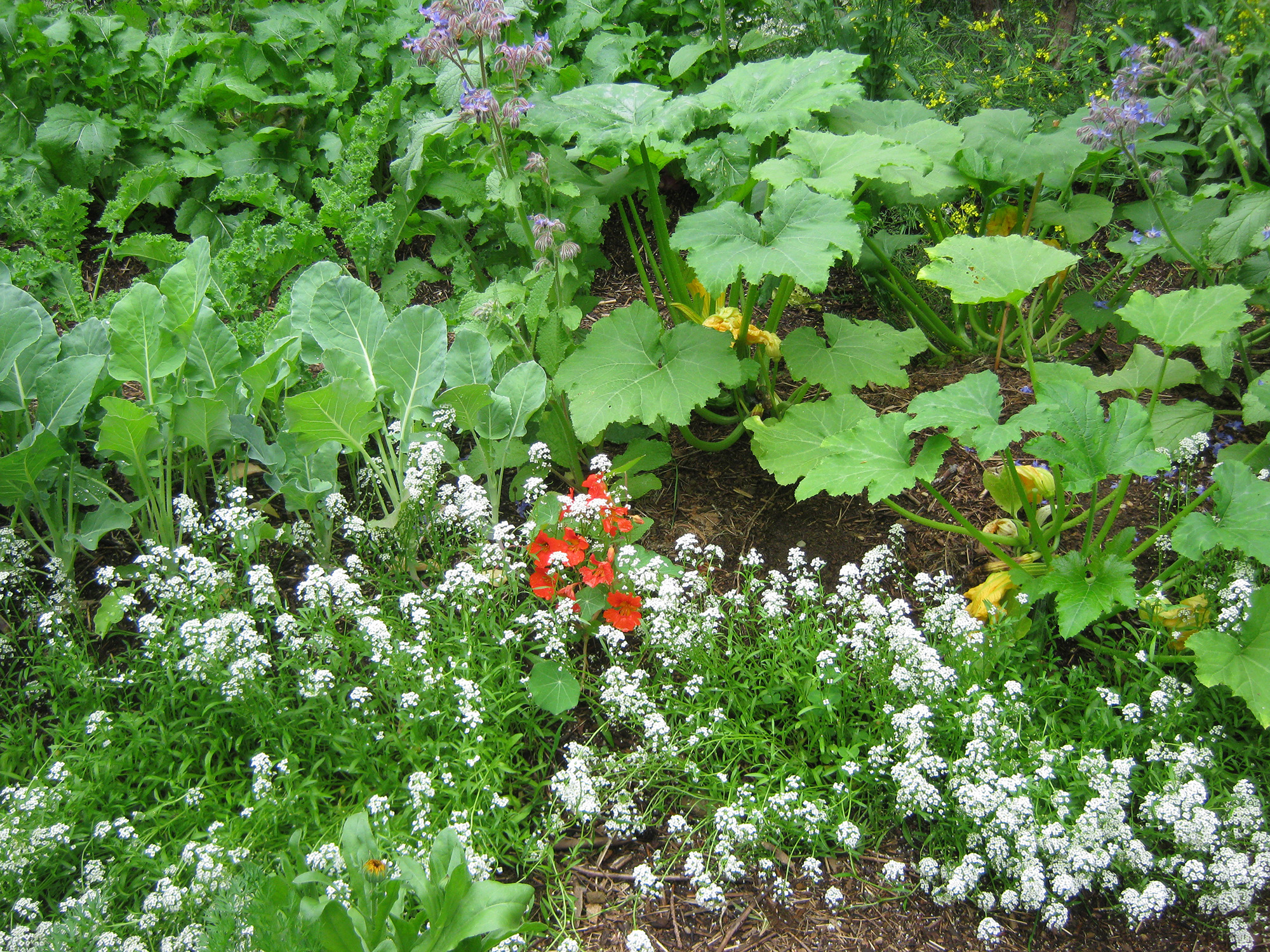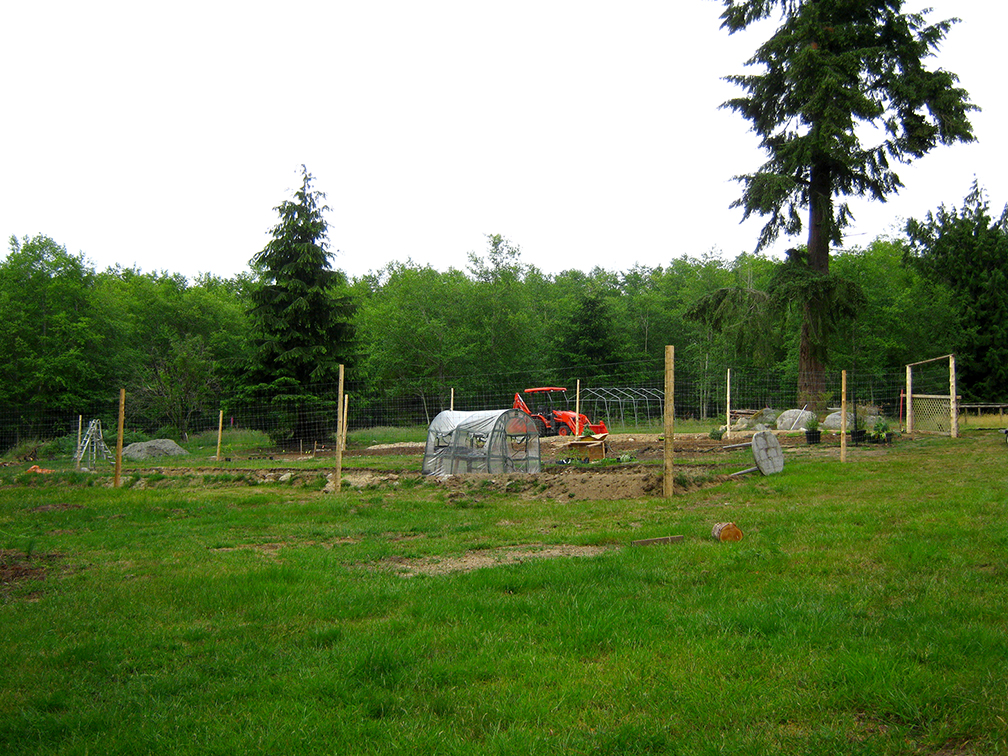Besides the 3 Permaculture Ethics – Earth Care, People Care, & Return of Surplus – the visionaries of permaculture, Bill Mollison and David Holmgren, created 12 Permaculture Principles.
These principles help guide practitioners of permaculture in building the most abundant, ecologically sound, stable, and self-regulating landscapes possible. It doesn’t matter where you are, or what you’re building, these principles will help you to plan and implement your design.
The principles can even be applied to many aspects of your life, from building a house, to planning your water system, to figuring out what to do for a living. It really is a no-nonsense way of looking at things.
Here are the 12 permaculture principles:
3 – Obtain a yield.
4 – Apply self-regulation and accept feedback.
5 – Use and value renewable resources and services.
7 – Design from patterns to details.
8 – Integrate rather than segregate.
9 – Use small and slow solutions.
1 1- Use edges and value the marginal.
12 – Creatively use and respond to change.
As you can see, the principles are quite general, and can be applied to many aspects of life.

Let’s look at the first principle, as an example of how to apply them.
Observe and interact
In the garden, observation and interaction is indispensable, ongoing, and always fruitful. Spending some time in the garden every day just observing will not only help you keep on top of any problems, it will help you learn more about your garden.
You will learn to watch for bugs, weeds, and diseases. Interaction will keep you apprised of impending trouble, and will help you learn how to make things easier and more productive as time goes on. You’ll get to know what your garden needs, and what varieties do best in your garden.
You should apply this principle when planning where to place all of the elements on your property. Spending a year on your property just observing is really the best way to get to know it; but it’s hard to wait – we just want to get planting!
By observing closely, you’ll learn where the sun comes in and where there is shade, where the water flows in and where it flows out, where the wind blows through, and many other aspects that will make gardening, animal care, and planning structures more efficient. And will take much less maintenance in the long run.
Permaculture principles make for easier planning
Having a set of design principles to go to when you’re not sure of your next step can be extremely helpful in getting your thoughts organized and your creative juices flowing.
If, for example, you’re unsure where the best place to situate a garden and other elements would be, turning to the list of permaculture principles can really help.
- Employ your powers of observation (observe and interact) to see what is happening on your land.
- What area gets the best sun for gardening, solar power, or a passive solar home? (catch and store energy)
- Where are the water flows on the land that you can take advantage of for the garden, or gravity feed for the house? (design from patterns to details)
- What other systems can be integrated with the garden? (integrate rather than segregate)
- Where are your edges, and how can you create more to take your garden to the next level? (use edges and value the marginal)
This process can be used with every element in your permaculture landscape, from gardens to houses, ponds to solar panels.
There are always many ways to do something, and none of them are perfect; but you can find the way that works best in your situation if you use this permaculture principles list as a methodical way of thinking about and planning your property or projects.
I’ll be writing about each principle separately, so check those out for more in-depth discussions.
Feel free to share your insights or questions below.
Health, Hope & Happiness
Tracy


